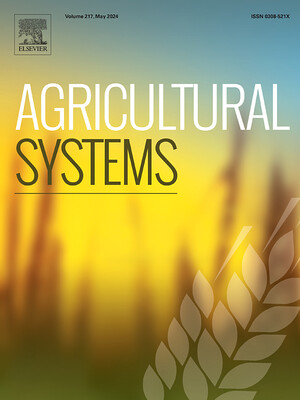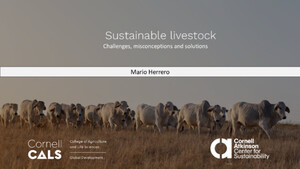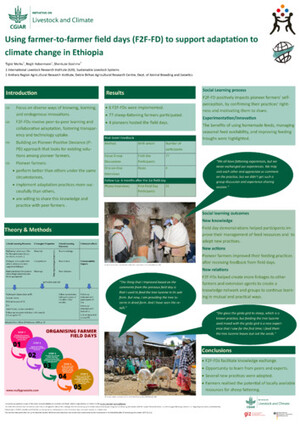
Climate change impacts on selected global rangeland ecosystem services
Abstract
Rangelands are Earth's dominant land cover and are important providers of ecosystem services. Reliance on rangelands is projected to grow, thus understanding the sensitivity of rangelands to future climates is essential. We used a new ecosystem model of moderate complexity that allows, for the first time, to quantify global changes expected in rangelands under future climates. The mean global annual net primary production (NPP) may decline by 10 g C m−2 year−1 in 2050 under Representative Concentration Pathway (RCP) 8.5, but herbaceous NPP is projected to increase slightly (i.e., average of 3 g C m−2 year−1). Responses vary substantially from place‐to‐place, with large increases in annual productivity projected in northern regions (e.g., a 21% increase in productivity in the US and Canada) and large declines in western Africa (−46% in sub‐Saharan western Africa) and Australia (−17%). Soil organic carbon is projected to increase in Australia (9%), the Middle East (14%), and central Asia (16%) and decline in many African savannas (e.g., −18% in sub‐Saharan western Africa). Livestock are projected to decline 7.5 to 9.6%, an economic loss of from $9.7 to $12.6 billion. Our results suggest that forage production in Africa is sensitive to changes in climate, which will have substantial impacts on the livelihoods of the more than 180 million people who raise livestock on those rangelands. Our approach and the simulation tool presented here offer considerable potential for forecasting future conditions, highlight regions of concern, and support analyses where costs and benefits of adaptations and policies may be quantified. Otherwise, the technical options and policy and enabling environment that are needed to facilitate widespread adaptation may be very difficult to elucidate.
Citation
Boone, R.B., Conant, R.T., Sircely, J., Thornton, P.K. and Herrero, M. 2018. Climate change impacts on selected global rangeland ecosystem services. Global Change Biology 24(3):1382-1393.










